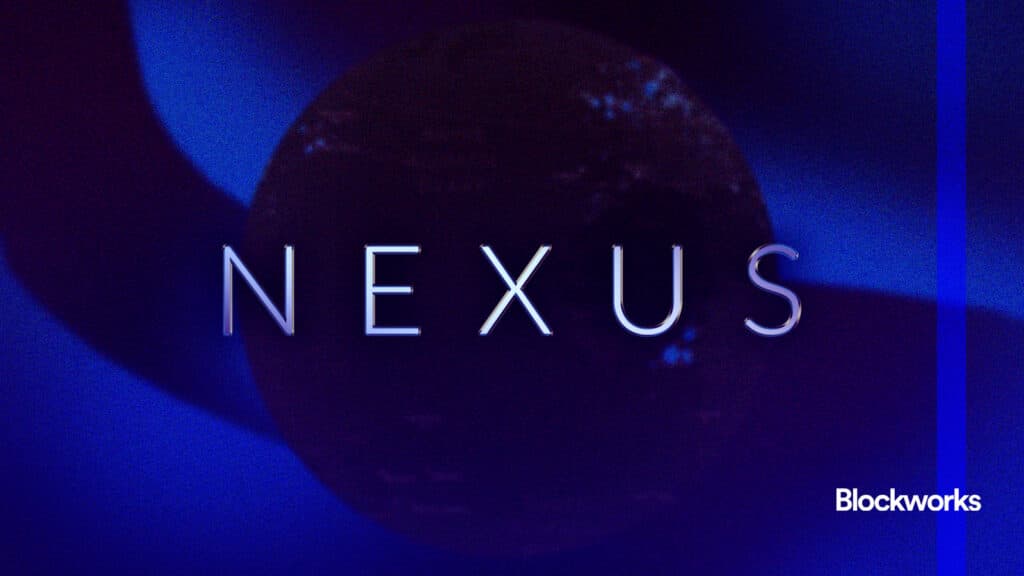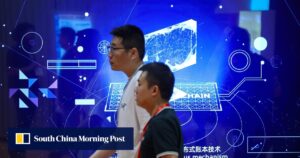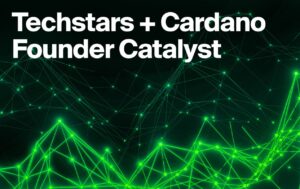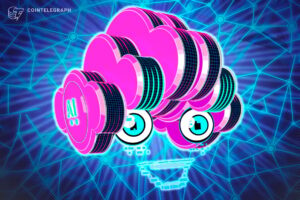Nexus Launches Final Testnet for AI-Ready Blockchain Supercomputer

Nexus: Pioneering the Concept of a Global Supercomputer
Introduction to Nexus and Its Vision
Nexus is positioning itself as a revolutionary “global supercomputer,” with its Layer 1 blockchain gearing up for a mainnet launch later this year after completing its final testnet phase.
- Introduction to Nexus and Its Vision
- Joining the Nexus Network
- Understanding the Concept of a Global Supercomputer
- Unique Features of Nexus
- Data Availability and Consensus Mechanisms
- Decentralized Computing and Scalability
- Cryptographic Expertise and Testnet Progress
- User Engagement and Future Aspirations
- Philosophical Approach to Decentralization
- Looking Ahead: Nexus and the AI Era
- Conclusion
Joining the Nexus Network
The platform invites anyone to participate effortlessly from any device, contributing computing resources to help realize what Nexus describes as “a verifiable world.”
Understanding the Concept of a Global Supercomputer
So, what exactly does Nexus mean by a “global supercomputer”? According to CEO Daniel Marin, the initiative aims to create the largest distributed computing system to aggregate processing power for a blockchain featuring an innovative architecture.
Unique Features of Nexus
Nexus integrates concepts from various advanced blockchain technologies into a cohesive Layer 1 solution. Similar to Mina Protocol, it seeks to consolidate all blockchain states into a single succinct proof. However, while Mina employs recursive SNARKs for constant-size proofs, Nexus utilizes a RISC-V-based zkVM capable of handling significantly more complex tasks, including AI inference. This choice mirrors RISC Zero, allowing general-purpose Rust code to be verifiably proven, but Nexus incorporates this VM as an integral part of its blockchain rather than as a mere service layer.
Data Availability and Consensus Mechanisms
For data availability, Nexus adopts a sampling method reminiscent of Celestia’s modular data availability model. Its consensus mechanism is set to evolve from the widely-used CometBFT (formerly Tendermint) to HotStuff-2, aligning it with protocols like Aptos and Sui. These consensus frameworks facilitate rapid finality, particularly in coordinating globally distributed proving tasks.
Decentralized Computing and Scalability
Nexus embeds a decentralized computing cloud directly into its Layer 1 architecture, transforming every connected device into a component of a unified, verifiable computer built around an Incrementally Verifiable Computation (IVC) machine. This VM produces succinct proofs for each computation step, integrates them through a Directed Acyclic Graph (DAG) style propagation, and consolidates them into a single Universal Proof. In essence, this architecture is designed to enable horizontal scalability, where adding more nodes enhances network throughput.
Cryptographic Expertise and Testnet Progress
On the cryptography front, Nexus boasts contributions from notable figures like Jens Groth and Michel Abdalla, reinforcing its expertise in zero-knowledge proofs and blockchain research. Recently, Nexus activated its third and final testnet, with the mainnet launch anticipated in the third quarter of this year.
User Engagement and Future Aspirations
Nexus reports over 2.1 million unique users across its testnets, supported by Sybil detection mechanisms. Currently, around 4,000 accounts are actively engaged, as indicated by Nexus’ block explorer. Marin emphasizes that Nexus aims to transcend the limitations of traditional blockchains, asserting that meaningful application development is currently hindered.
Philosophical Approach to Decentralization
Marin articulates that the initial vision of the company is for coding on a blockchain or zkVM to feel as seamless as coding on a personal computer. The protocol prioritizes speed over decentralization at this stage. He acknowledges that while long-term decentralization is a goal, the current focus is on efficiency, which may not sit well with some critics.
Looking Ahead: Nexus and the AI Era
In the short term, the Nexus team is planning quarterly updates, aspiring to become a foundational infrastructure for the AI-driven future. Marin envisions a community where users feel empowered, engaged, and excited about contributing to a vibrant ecosystem filled with diverse applications.
Conclusion
Nexus is on a bold journey to redefine the landscape of blockchain technology, aiming to create a supercomputer that not only enhances computational capabilities but also fosters a sense of community and innovation.







